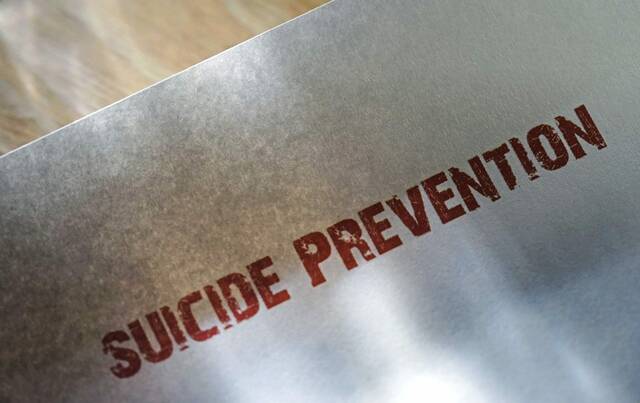Editorial: Suicide prevention programs need to utilize and support students
Suicide is an issue everyone needs to note. It’s something to understand, something to keep at bay.
After several years in 10th place on the Centers for Disease Control and Prevention’s list of the top causes of death in the United States, suicide was finally knocked off the podium in 2020, but it took 350,000 people dying of covid-19 to do it. Without a pandemic, it would still be in the top 10.
For kids 15 to 19, it’s higher on the list. Third place. Only accidents and homicide cause more deaths. Cancer is a distant fourth.
But it’s still an uncomfortable subject. It’s the thing no one wants to talk about — as though if we don’t acknowledge the dark shadow in the room, we can pretend everything is bright and sunlit.
We can’t. Suicide is not a disease. It is, however, a condition that arises from trauma or pain or disease, whether physical or mental or emotional. It is more than a symptom. It is the terrible outcome everyone wishes they had been able to stop if only they hadn’t missed the signs.
At Valley High School, students are being trained to see those signs as New Kensington- Arnold School District starts a Hope Squad.
The program is a national effort to train teens to notice, understand and get help if someone exhibits the telltale markers of self-harm.
It’s a valuable way to make use of the greatest resource any school has. It also capitalizes on the fact a kid may be more likely to talk to other kids than to an adult or authority figure. It may dovetail well with other efforts such as the Pennsylvania Attorney General’s Safe2Say Something program.
What programs like this cannot forget, however, is that those students offering hope are still just kids, too. They need as much support in a scary and uncertain situation as the person who may be expressing suicidal thoughts.
That goes for parents and church groups and other situations where people are asking teens to be on the lookout, trying to keep each other safe. It isn’t just about giving checklists of indicators and a card with a hotline. It is providing open lines of communication and comforting hands to hold.
Remove the ads from your TribLIVE reading experience but still support the journalists who create the content with TribLIVE Ad-Free.

